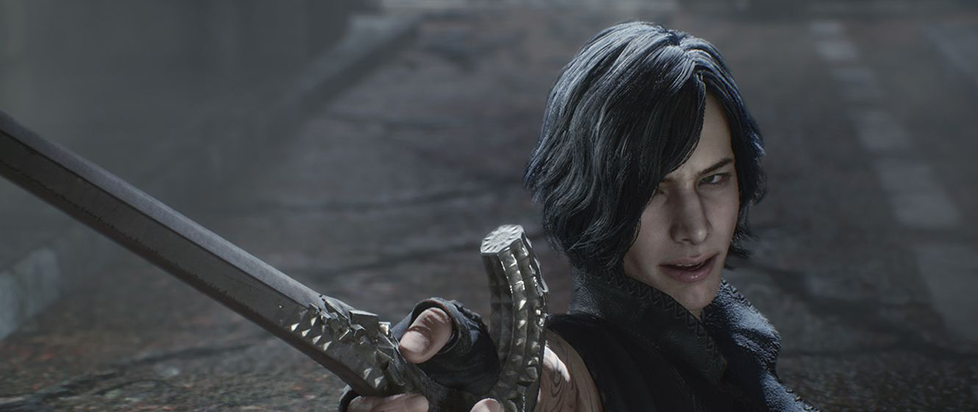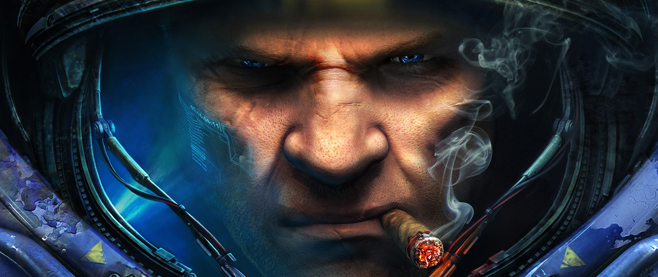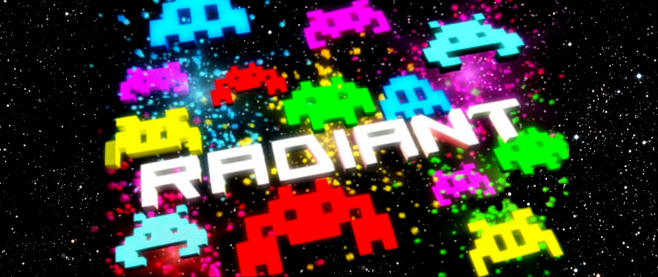
Rethinking Action with Devil May Cry 5
The original Devil May Cry codified a new genre of games by placing the focus squarely on the action and building everything else to serve that end. What you end up with is some mostly linear levels built by stringing together a bunch of monster arenas where you can’t move on without killing everything in them. But more importantly, Devil May Cry encourages freeform experimentation by giving you lots of options for killing stuff and encouraging you to vary your playstyle through a combo meter that measures how stylish you are. Though the stylish conceit doesn’t always carry over, action games that grew out of the Devil May Cry template all emphasized experimentation and fluid combat. The Xbox Ninja Gaiden and Bayonetta are master classes in how far the genre has come, honing what was already there to a fine edge. But what we’ve been missing is a work that transcends the genre and uses it as a springboard to create something new. What can an action game be? Though Devil May Cry 5 never quite transcends, it nonetheless hints around the edges that there’s more potential in action games that hasn’t been mined yet.
Devil May Cry 5 deftly switches between three different characters, and with them, three different ways of dispatching enemies. The most rote actually appears last, as you don’t get to play as series mainstay Dante until the latter half of the game. What you get with him is the ultimate expression of what the current state of the action game is. You get four different melee weapons, four different ranged options, and four fighting styles to further augment your battle strategy. On the surface, Dante is the most open-ended character to play as, but when you get down to it, almost everything Dante does has been done before. The heart of this style of action gameplay is in the different combinations of weapons Dante has at his disposal, with silky smooth switching between them mid-combat. And the fighting styles introduced in Devil May Cry 3 further expand your options. You have so many tools in your toolbox that it’s almost like you have too many options to play around with. But more noticeably, it stays firmly within the action game paradigm as we know it. Nothing about Dante expands the borders of what we can expect from the genre.
More interesting is Nero, who limits your options to his Red Queen sword, Blue Rose gun, and a choice of Devil Breaker fist attack. By scaling back on what you can do, you’re forced to gain proficiency with a single mode of play. And once you begin digging into the minutia of how the Red Queen behaves, you start to realize just how much it can do if you can only gain proficiency with the weapon. For instance, the Exceed system allows you to charge up your subsequent strikes by revving the sword up like a motorcycle, but that method is too slow to be useful. If you’re skilled enough with it, though, there’s another method of gaining charges. If you push the Exceed button just after an attack, it will automatically gain one charge. Suddenly you’re entering inputs on two wavelengths, albeit perfectly similar ones that happen to be one step removed from each other. This juggling of inputs adds a dimension to combat that wasn’t there before. Instead of thinking about what you want to do next on the fly, you’re almost playing two different games synchronized into one. It just so happens that one echoes the other.
V, however, is where we see the potential for where the action game genre can go in the future. His sections are actually incredibly hands off, as he never does damage to enemies. Instead, he has his three demon familiars attack, with a shapeshifting panther mapped to the melee button, a lightning-throwing buzzard, and a giant humanoid that attacks on its own once you activate V’s Devil Trigger. V still plays a factor in battle, though, because his demons can’t kill things on their own. Only V can deliver a finishing blow. This also means that you can’t just stand back and mash buttons, as you’ll eventually have to get into the fray. V’s combat flow is a lot like Nero’s, but with more independent inputs happening at once. Your melee attack is its own entity, as is your ranged. Paired with your finishing blows, you’re essentially playing three games at once with your inputs, ones that aren’t in sync.
We’ve seen games toy with independent inputs before. Nier Automata gives you a robot buddy that shoots at enemies entirely separate from your melee-focused combat. More similar is The World Ends With You’s original DS release, where you’re controlling two characters on the two different screens, and you use your inputs in wildly different ways. And that’s where there’s fertile ground within which new branches of the character action game can grow. The myriad options that Dante gives you is great, but it only utilizes one axis of inputs. Nero and V hint at a future where you explore multiple planes of input manipulation, creating a new kind of adrenaline-fueled adventure as you juggle different modes of gameplay that are happening simultaneously.





